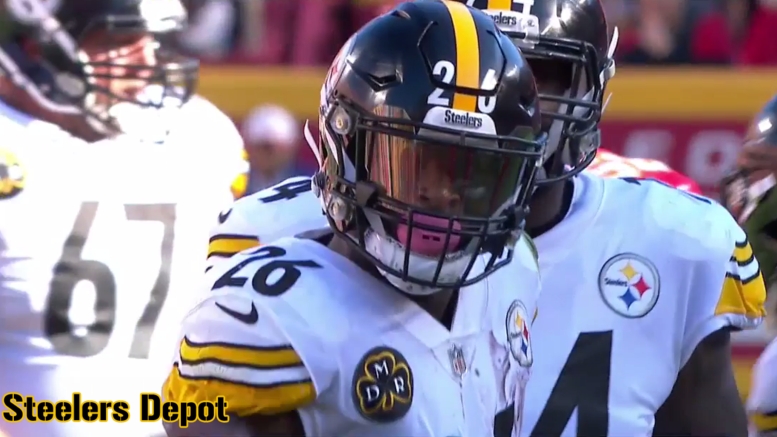When it comes to offering explanations for why the running back position has come to be so sparsely-compensated around the league in comparison to virtually every other position, which has progressively seen its pay-scale rise, there are many theories that have been discussed.
Pittsburgh Steelers running back Le’Veon Bell’s agent, Adisa Bakari, has a simple one—and one that admittedly is to the benefit of his client, which is one of the multiple reasons that I take it with a grain of salt. Though there is absolutely truth to it, even if it is not a complete answer.
Essentially, Bakari argues that the talent has simply not been there. “There has not been a devaluation of the running back position; that’s not the case”, he contended as he appeared on SiriusXM Radio earlier this week. He believes it’s just the phrase of the era.
Referring to former client Maurice Jones-Drew and the questions he faced due to his size if he could be a ’30-carry a game guy’, he said that “that was the litmus test for running backs that largely was born out of the media saying it so much. Sometimes we say things so much that they become facts even though they’re far from it. No one’s ever carried the ball 30 times a game”.
He says that 30 carries a game has been replaced by “the running back position is devalued”. He disagrees with that one, too. “The fact of this situation is that, following the 2008 draft, which included the likes of Matt Forte, Ray Rice, Chris Johnson, Jamaal Charles, Arian Foster—that was the crop of elite-level running backs to enter the league until the emergence of Le’Veon Bell”.
He made reference to the huge contracts of Johnson and Adrian Peterson, but pointed out that “everybody else in that group—Matt Forte, Ray Rice, [LeSean McCoy], others. They were all making the $8 million number, somewhere close by to $8 million a year”, which is now what McCoy and Devontae Freeman are making.
“And then the drafts thereafter, we saw good to very good players enter the draft. Lamar Miller, Chris Ivory. We saw guys enter the draft like that who are good players but just frankly not elite-level players. And so consequently we saw the salary at the position kind of stagnate, kind of remain flat”.
Subsequently, he began to wax poetic about his client, spinning a yarn that turned him into a folk hero that is part truth, part fiction, and he followed that up with his prediction for what the future holds for ball-carriers.
“What we’re likely to see going forward is this re-emergence of this running back value, not because of any change in heart in ownership, but just because the talent demands such, that we now have seen an influx of very talented, very gifted players at the position, and thus, their contracts should be commensurate to the value that they bring to the team”.
I do agree that a large part of the equation in explaining how we got from $14 million in 2011 to $8 million and change in 2017 is simply because there was a lack of talent. Guys like Knowshon Moreno, Donald Brown, Trent Richardson, and Beanie Wells were first-round picks in 2009, which is why by 2013 we saw the position ignored in the first round.
That said, it is not a complete explanation. There has been a devaluation of the position, in large part driven by the passing game and the expansion of offenses to three-receiver sets as their base. But the salary cap his risen about 50 percent since Peterson’s deal. Even $8 million contracts then would be $12 million now. Peterson’s deal would be $21 million.








